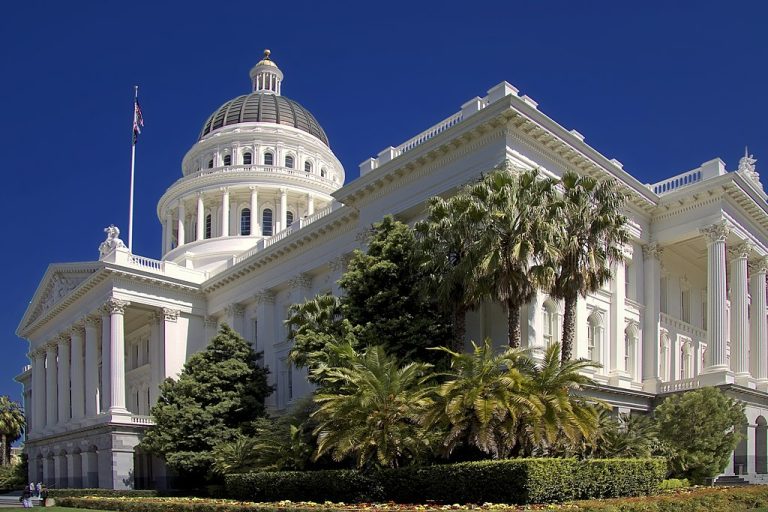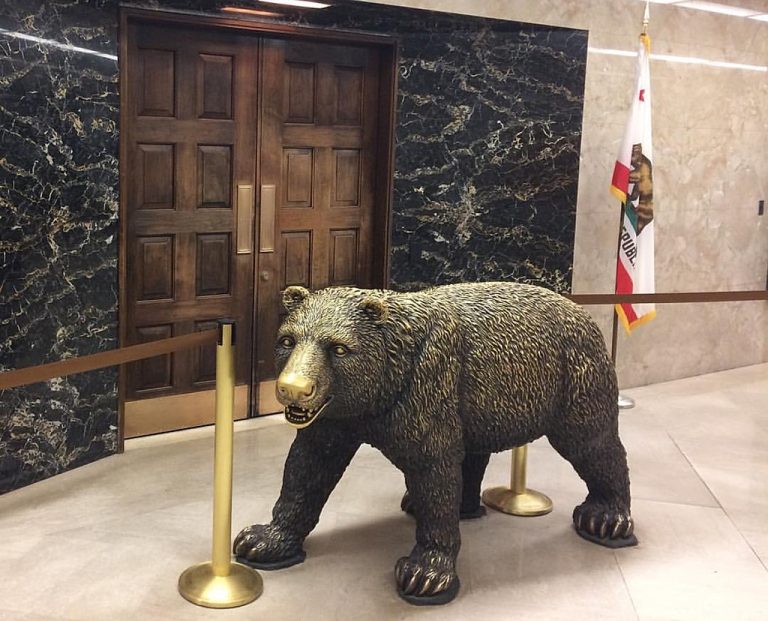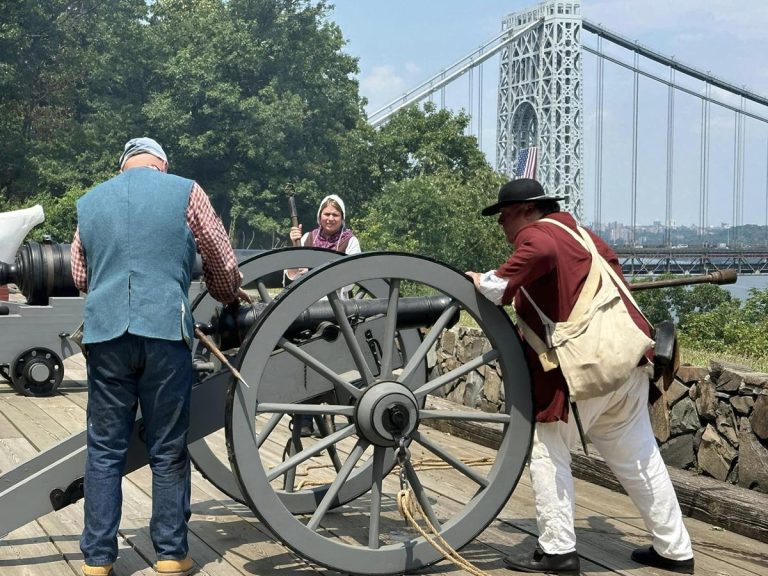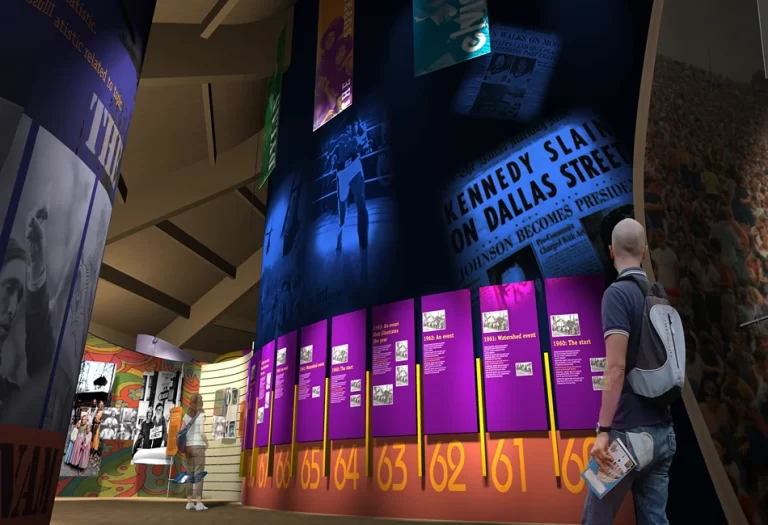The California State Capitol Museum in downtown Sacramento provides an immersive experience that connects students with the state’s governmental and cultural heritage. Students exploring the museum encounter exhibits that delve into California’s legislative process, pivotal historical milestones, and the influential figures who have shaped the state’s evolution. One key attraction is the meticulously restored historic offices of past governors and treasurers, offering a glimpse into the day-to-day operations of government in the 19th and early 20th centuries.
Another focal point is the Assembly and Senate Chambers, where students witness the physical space where laws are debated and enacted. Guided tours highlight the art and architecture found throughout the Capitol, including murals and statues that represent California’s diverse history. Rotating exhibits feature specific aspects of state governance and culture, ensuring there is always something novel to engage visitors.
The museum provides educational programs aligned with California’s curriculum standards, ranging from guided tours to hands-on workshops and group discussions. Students gain a deeper understanding of civic participation, the three branches of government, and how California’s past informs its present. These programs can be adapted for different grade levels, ensuring that both elementary and high school groups find age-appropriate content.
For schools that cannot travel to Sacramento, the museum hosts virtual field trips complete with interactive tours and direct engagement with museum staff. During these sessions, classes learn about California’s legislative procedures, pivotal events in state history, and the role of citizens in shaping future policies. Teachers have access to lesson plans, worksheets, and multimedia resources that reinforce the museum experience, and professional development opportunities are offered for educators who want to strengthen their focus on state history and civics. A visit to the California State Capitol Museum—whether onsite or virtual—leaves students with a renewed appreciation for California’s past, as well as a clearer perspective on their responsibilities as future voters and community members.






